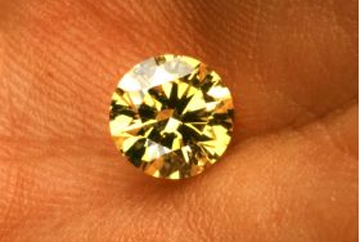
marc quinn’s sculpture, paintings and drawings often deal with the distanced relationship we have with our bodies, highlighting how the conflict between the ‘natural’ and ‘cultural’ has a grip on the contemporary psyche. in 1999, quinn began a series of marble sculptures of amputees as a way of re-reading the aspirations of greek and roman statuary and their depictions of an idealized whole. one such work depicted alison lapper, a woman who was born without arms, when she was heavily pregnant. quinn subsequently enlarged this work to make it a major piece of public art for the fourth plinth of trafalgar square. other key themes in his work include genetic modification and hybridism. garden (2000), for instance, is a walk-through installation of impossibly beautiful flowers that will never decay, or his ‘eternal spring’ sculptures, featuring flowers preserved in perfect bloom by being plunged into sub-zero silicone. quinn has also explored the potential artistic uses of DNA, making a portrait of a sitter by extracting strands of DNA and placing it in a test-tube. DNA garden (2001), contains the DNA of over 75 plant species as well as two humans: a re-enactment of the garden of eden on a cellular level. quinn’s diverse and poetic work meditates on our attempts to understand or overcome the transience of human life through scientific knowledge and artistic expression. by kl
 a visual collective outlet of inspiration
a visual collective outlet of inspiration